Is your digital content working for you?
According to the latest Veeva Pulse Field Trends Report on digital content in healthcare, 77% of field content is “never or rarely used.” At the same time, companies are creating more and more content – the biopharma companies surveyed shared that they had created 20% more content in 2022 compared to 2021. (The Veeva report was based on an analysis of 600 million annual sales interactions with healthcare professionals globally, covering 80% of the industry.)
The data from Veeva also shows that when reps share digital content with their prospects, whether it’s in person or virtual meetings, it is very impactful. Sales reps at the top three biopharma companies use digital content in 70% of meetings, compared to the bottom three companies, where reps report using it only 18% of the time. And digital content sharing can do a lot more than simply providing information on the facts around a product or treatment. It opens up opportunities to expand the conversation, creates more options for follow up and provides you with detailed data on how each content piece and campaign is performing.
There’s a clear competitive advantage when reps use digital content effectively. So how do you ensure that you are creating content that will help your sales teams, and your company, reach their goals? The key is to create content that sales wants to use – content that provides value, boosts engagement and delivers a measurable impact on revenues. Some points to consider:
- Quality is more important than quantity.
Too much content can actually end up slowing you down, and bog you down with complex asset approval and management protocols. A smaller library of high-value content, precisely targeted to your prospects, can be much more effective (and more cost-efficient at the same time). - Sales needs to be involved from the start.
To make sure your content works for sales, it’s important to involve them from the earliest stages of your content development processes. Learn all you can about how they like to run meetings, whether face-to-face or online, and how they prefer to incorporate digital tools, so you can ensure that the tools you create align with their needs. - Train sales on how to use digital content effectively.
Sometimes all it takes to get sales using key content pieces is to give them a brief training on how to incorporate digital content into their sales calls. And when you introduce a new asset, include some tips and suggestions for sales about how to use it for maximum impact with their prospects. - Use your analytics.
When you have fewer content pieces in action, it’s easier to see how they perform. Use the analytics on each asset to decide what needs to be brought up in the roster, or what items should be retired. - Create content that can be used in multiple ways, on multiple platforms. By creating an asset in HTML5 to start, for example, it can easily be shared through other systems like Showpad as well.
More sales meetings are moving online
What we’re seeing with our clients is that more and more sales meetings are moving to online. This allows sales to manage more appointments, more effectively. When they’re supported with strategic digital content to share, both during and after their meetings, the return is even higher. At Living Stone, we specialize in creating high-value digital content and campaigns that deliver results.
Curious about our Veeva projects? Check out our Takhzyro and Dobco reference cases!
If you’d like to review your asset library, or find out how to create some key digital content pieces, contact Anne-Mie at anne-mie.vansteelant@livingstone.eu, or call +32 (0)55 59 10 07.



